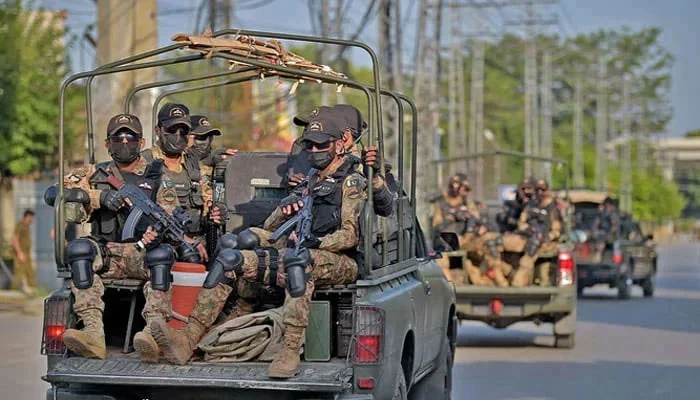ISLAMABAD: In Q1 of 2024, the provinces of Khyber Pakhtunkhwa and Balochistan recorded a minimum of 92% of all fatalities and 86% of attacks, encompassing those associated with terrorism and security forces operations.
The Centre for Research and Security Studies (CRSS) released its Q1 2024 Security Report, which included these important findings. It said that up to 245 incidents of terror attacks and counter-terror operations resulted in at least 432 violence-related fatalities and 370 injuries among civilians, security personnel, and outlaws.
Of the 432 casualties, 281 were civilians and members of the security forces.
In Q1, 2024, the provinces of KP and Balochistan alone accounted for 51% and 41% of all fatalities, respectively.
Less than 8% of all deaths occurred in the remaining regions, according to the data, which suggests that they were mostly quiet.
Apart from the deaths resulting from terrorism and counterterrorism, 64 instances of sabotage were documented in the nation, aimed at government, political, private, and security properties.
The percentage of violent crimes increased, and between October and December of 2023—the fourth quarter—there were 178 fatalities, up from 91 in October. Although there was an almost 47% increase in violence in the province of Sindh, very few people were killed.ISLAMABAD: In Q1 of 2024, the provinces of Khyber Pakhtunkhwa and Balochistan recorded a minimum of 92% of all fatalities and 86% of attacks, encompassing those associated with terrorism and security forces operations.
The Centre for Research and Security Studies (CRSS) released its Q1 2024 Security Report, which included these important findings. It said that up to 245 incidents of terror attacks and counter-terror operations resulted in at least 432 violence-related fatalities and 370 injuries among civilians, security personnel, and outlaws.
Of the 432 casualties, 281 were civilians and members of the security forces.
In Q1, 2024, the provinces of KP and Balochistan alone accounted for 51% and 41% of all fatalities, respectively. Less than 8% of all deaths occurred in the remaining regions, according to the data, which suggests that they were mostly quiet.







